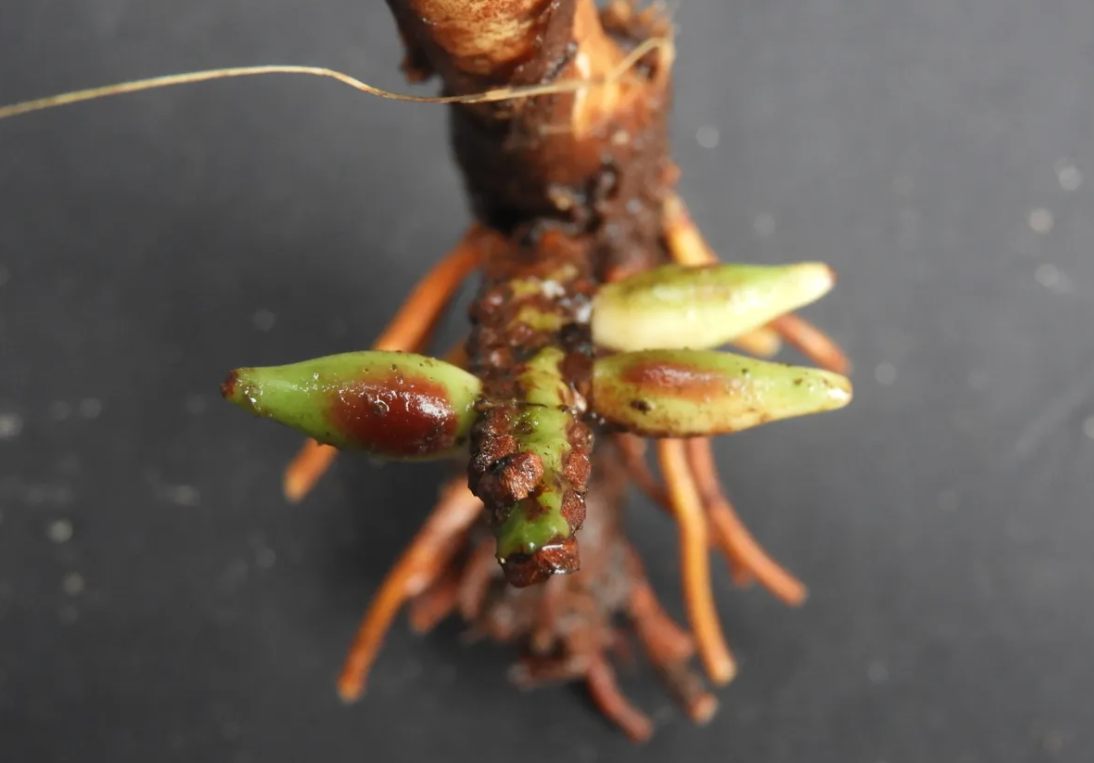According to The New York Times, a recently discovered palm species, named Pinanga Subterranea, has attracted the attention of botanists with its unique characteristic of flowering underground. While underground roots and fruits are common, underground flowering is quite rare. Although hailed as a recent discovery by the Royal Botanic Gardens, Kew, in the United Kingdom, this palm has long been recognized by indigenous people in Borneo, where it originates.

This intriguing palm species, with bright red fruits resembling cherry tomatoes, has been observed growing abundantly across Borneo, the third-largest island globally, spanning parts of Indonesia and Malaysia.
The question of how its flowers are pollinated when they grow underground remains unanswered. Some theories suggest that pollen may be transferred from male to female flowers of the same species by certain insects that live or forage underground.
Although newly recognized in the scientific community, local indigenous groups have possessed knowledge of this plant for generations, highlighting the intersection between traditional indigenous knowledge and scientific understanding. William J. Baker, a prominent scientist involved in this discovery, acknowledges that although flowering underground is a novelty in science, the existence of this plant has long been part of oral tradition in indigenous culture. This case serves as a prime example of the ongoing trend of integrating indigenous knowledge into scientific research, bridging cultural divides and recognizing the richness of traditional knowledge held by indigenous communities.

Pinanga Subterranea
In recent years, there has been an increasing recognition within the scientific community of the value of indigenous knowledge across various fields, from natural resource management to biodiversity conservation. However, challenges persist, including concerns about cultural appropriation and the need for respectful collaboration between researchers and indigenous communities. George Nicholas, an archaeologist at Simon Fraser University in British Columbia who has written about this issue, notes that indigenous peoples have raised complaints about scientific colonialism, especially when researchers attempt to develop drugs based on untapped sources of traditional knowledge.
The discovery of the Pinanga Subterranea palm serves as a reminder of the importance of recognizing and respecting indigenous knowledge, highlighting the need for collaboration and mutual respect between scientific communities and indigenous groups. Through such collaborations, valuable insights can be gained, contributing to a more comprehensive understanding of the natural world and promoting cultural exchange and respect.

